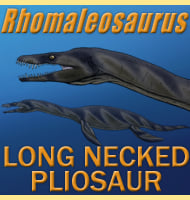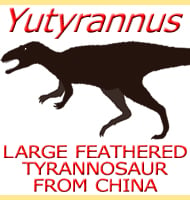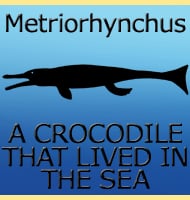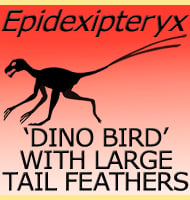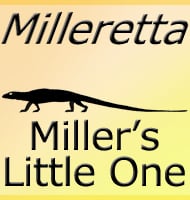In Depth
Zhangheotherium was the first symmetrodont known by a complete specimen. Zhangheotherium had pointed multicusped (up to five) teeth towards the rear of the mouth, something which is reflected in the species name Z. quinquecuspidens. Despite the fact that Zhangheotherium was a mammal, the limbs sprawled out to the sides like a lizard rather than supporting the body from underneath. An analogy between Zhangheotherium and the modern day platypus (Ornithorhynchus anatinus) can be made in that both possess venomous spurs on their lower legs.
Small mammals like Zhangheotherium and Sinobaatar were prey to carnivorous dinosaurs, something that has been proved by the presence of mammal bones inside the dinosaur Sinosauropteryx.
Further Reading
– A new symmetrodont mammal from China and its implications for mammalian evolution. – Nature 390:137-142. – Y. Hu, Y. Wang, Z. Luo & C. Li – 1997.



